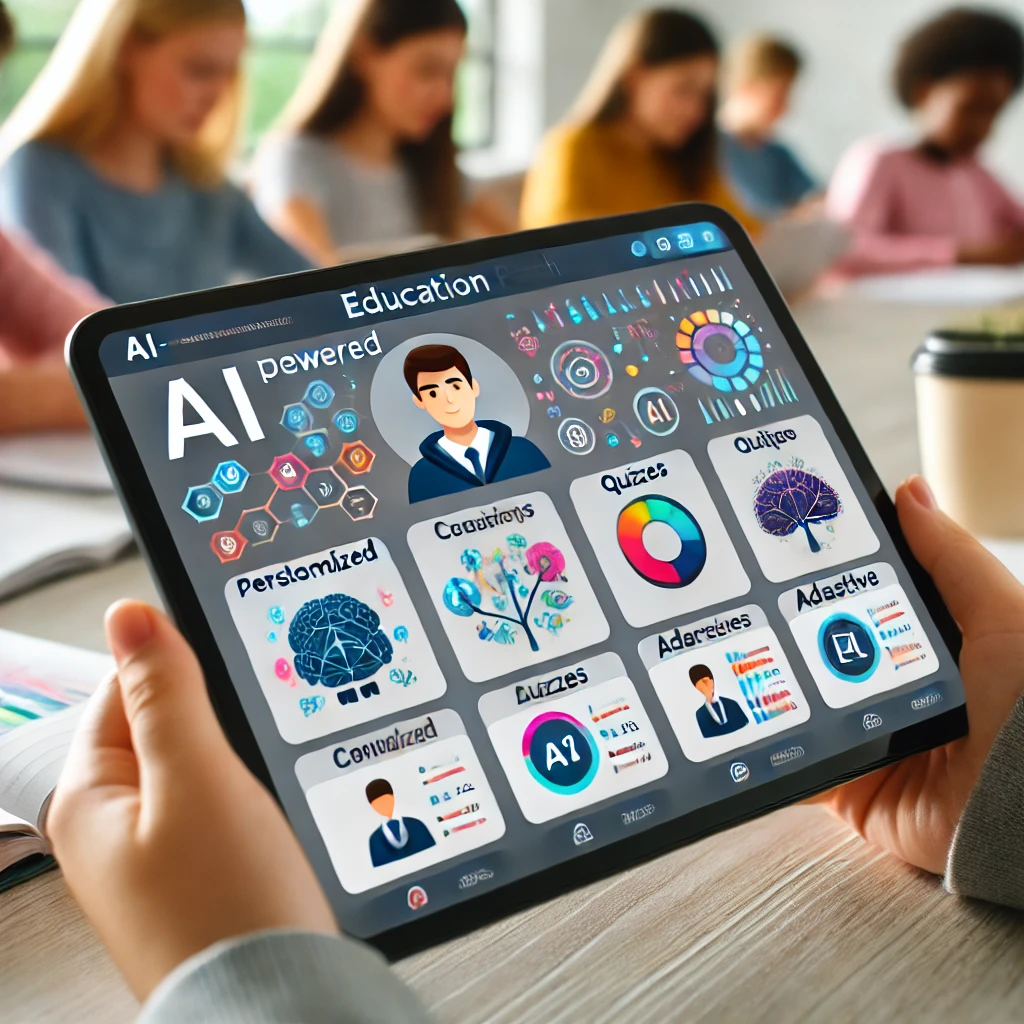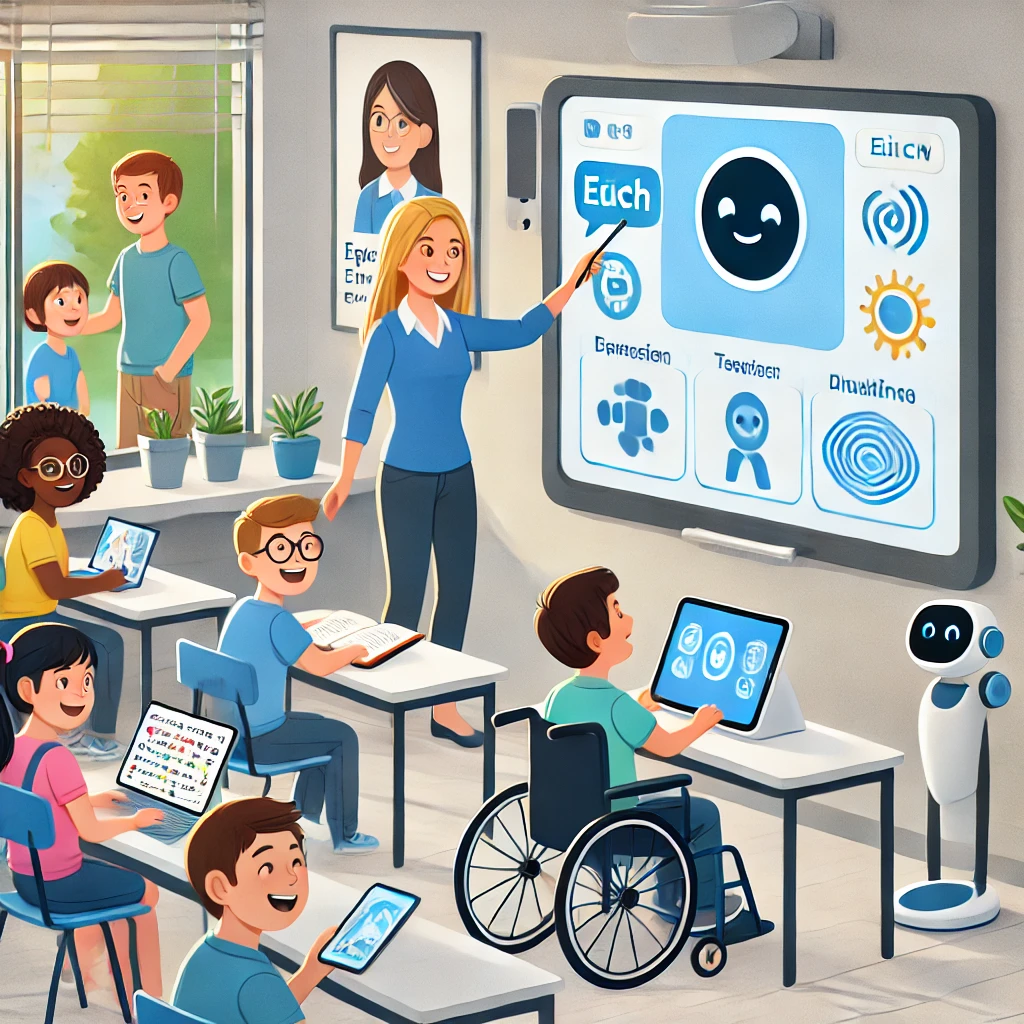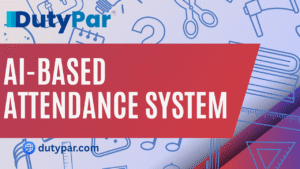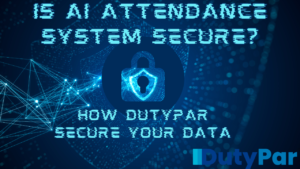In today’s world, ensuring that every child gets a fair chance at quality education is more important than ever. One of the most promising trends in modern learning is ai in education. This article explains how ai in education is making classrooms more inclusive by helping teachers cater to every student’s unique needs. We will explore simple ways in which ai in education works, share real-life examples, and look at its future in making learning accessible for all.
Table of contents

Understanding AI in Education
AI in education refers to employing intelligent computer software that assists in instruction and learning. The technology can be adjusted to fit a student’s level of learning, ensuring that no one is lagging behind. AI in education refers to employing technology that learns from the manner we instruct and the manner students acquire knowledge. For instance, adaptive learning software employs ai in education to modify lessons in response to how well a student knows the content.
The basic concept behind ai in education is to offer personalized assistance. Think of a classroom where each student receives a learning trajectory that best fits them. With ai in education, students with varying requirements—whether they learn at a slow or fast pace, or require special assistance—can receive lessons based on their pace. In this manner, ai in education adds a personal touch to each lesson, making education more inclusive.
Most teachers view ai in education as an effective tool that aids instructors by doing away with repetitive tasks. This gives instructors more time to concentrate on assisting individual students. With ai in education, the work is more a matter of guidance and less a matter of correcting errors over and over. Through this, ai in education not only enhances learning but also reduces the load of the teacher.
How AI in Education Enhances Inclusivity
Inclusivity in education refers to making sure that all students, irrespective of their background or abilities, have access to learning opportunities on an equal footing. Ai in education is significantly contributing towards it. Using ai in education tools, schools can bridge the gap in language, disabilities, and learning differences.
Personalized Learning for Every Student
One of the greatest advantages of ai in education is customized learning. These systems evaluate a student’s performance and recommend tailored lessons. For example, if a student is having trouble with math, ai in education platforms can provide additional practice and easier explanations. Customized learning through ai in education makes every student feel supported.
Bridging Language Barriers
In many schools, language differences can be a big hurdle. Ai in education can translate lessons into multiple languages, making it easier for students to understand the content. This feature of ai in education is especially useful in multicultural classrooms where students speak different native languages. As a result, ai in education helps bridge the gap and makes learning fair for all.
Support for Students with Special Needs
Students with special needs often require extra help, and ai in education can provide that support in a sensitive and effective way. For example, speech recognition tools and text-to-speech software powered by ai in education can help students with reading difficulties or visual impairments. These tools offer a friendly way to learn, showing that ai in education is committed to making classrooms accessible to everyone.
Encouraging Active Participation
Another method through which ai in education increases inclusivity is by actively engaging students. ai in education-driven interactive platforms invite students to take part in classes. They offer quizzes, games, and interactive material that is entertaining and interesting. This higher level of engagement ensures that all students feel included and appreciated in the classroom.
Real-World Examples of AI in Education
Many schools and educational institutions around the world are already using ai in education to improve inclusivity. Let’s look at a few examples that show how ai in education is making a difference:
Adaptive Learning Platforms
Platforms like DreamBox and Knewton use ai in education to adjust the difficulty of lessons based on a student’s performance. These tools analyze how quickly and accurately students answer questions, then use ai in education to modify future lessons. This means that every student gets a learning experience that is just right for them.
Virtual Assistants and Chatbots
Read More : https://dutypar.com/how-ai-in-education-in-attendance-making-changes/
Some schools have introduced virtual assistants that answer student questions 24/7. These assistants, which rely on ai in education, help students understand difficult topics by providing clear and simple answers. This extra support outside the classroom shows how ai in education is changing the learning process.
Speech-to-Text and Text-to-Speech Tools
Students who have difficulty reading or writing can benefit greatly from tools that convert speech into text and vice versa. Powered by ai in education, these tools help students with disabilities engage in learning. They listen, respond, and provide immediate feedback, proving that ai in education can be a game-changer for inclusive education.
Learning Management Systems
Many learning management systems (LMS) now use ai in education to monitor student progress and provide detailed reports to teachers. This way, educators can see who is struggling and offer help before small issues become big problems. With ai in education, teachers are better equipped to ensure that every student is on the right track.

The Future of AI in Education
The journey of ai in education is just beginning, and its potential to enhance inclusivity in education is enormous. As technology grows, we can expect even more advanced ai in education solutions that make learning simpler, fairer, and more accessible.
More Personalized Learning Experiences
In the near future, ai in education will become even better at understanding each student’s unique needs. With deeper data insights, these systems can predict where students might struggle and offer pre-emptive help. This means that ai in education will continue to evolve, ensuring that every learner receives the right level of support.
Broader Access to Quality Education
Ai in education is not limited to urban schools or well-funded institutions. With the rise of online education, even remote areas can benefit from the best of ai in education. Rural and underprivileged students can access high-quality learning resources, making education more inclusive across regions.
Collaboration Between Teachers and AI
Rather than replacing teachers, ai in education is meant to work hand-in-hand with them. In the future, we can expect more tools that help teachers plan lessons, grade assignments, and even track student emotions during classes. This collaboration between human teachers and ai in education will create a more supportive and inclusive learning environment.
Continuous Improvement and Feedback
One of the greatest strengths of ai in education is its ability to learn and improve over time. As more data becomes available, these systems will fine-tune their recommendations and become even more effective at providing personalized learning. This cycle of continuous improvement shows that ai in education is here to stay and will keep making education better for all.
Conclusion
In summary, ai in education is revolutionizing how we approach teaching and learning. Its contribution to making education more inclusive is evident: through personalized learning, language bridging, and special needs support, ai in education is opening the doors for all learners. As we keep innovating and adopting new technology, ai in education will continue to be a major driver in developing equitable and inclusive classrooms globally. With the proper approach, all students can have a learning environment that is nurturing, stimulating, and full of promise.





